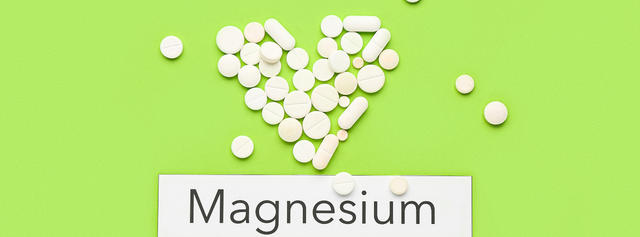Magnesium.
This powerhouse mineral is critical for overall mind-body health and well-being. Yet, even if you make mindful, anti-inflammatory food choices, it is still hard to get enough of this mineral from food alone because modern farming practices have stripped our soils of the minerals our bodies need. It is still important to eat magnesium-rich foods…just realize that food sources alone will not be enough to raise your magnesium to an optimal level! Considering supplementing with magnesium as magnesium deficiency is associated with myriad health conditions and chronic diseases, from diabetes and heart disease, to digestive issues, autoimmune conditions and mood disorders, like anxiety.
Six easy ways to get more magnesium
1. Eat magnesium-rich foods. Leafy greens, nuts, seeds and herbs (nettles and burdock root) and other foods mentioned above.
2. Enjoy dark chocolate (80% or higher) in moderation. Better yet, add raw cacao nibs, organic cacao powder or organic unsweetened cocoa powder to smoothies, shakes or raw treats. The less sugar, the more magnesium!
3. Snack on nuts and seeds. Almonds. Cashews. Pumpkin seeds. sunflower seeds.
4. Reduce “magnesium-suckers”. Smoking, processed foods, sugar, high alcohol consumption, exposure to environmental toxins and stress.
5. Soak for 20-30 minutes in magnesium salts. You can soak in a tub—or do a foot soak—using Epsom salts (1 cup for a food soak; 2 cups for a bath soak) or these high-quality magnesium bath flakes (1-3 cups for a bath or foot soak).
6. Supplement with magnesium.
How much you take is very individual; it depends on how depleted you are. Overall, most Americans are below baseline intake. Two out of three Americans do NOT consume the recommended daily allowance (RDA) for magnesium: 320 mg for women and 420 mg for men (1). Dean also points out: At best, your body is actually only absorbing about half of what is taken in (2).
There are different types of magnesium. Magnesium citrate powder is a popular form. Magnesium oxide, the form that doctors will often recommend to patients, is the last absorbable form of magnesium (about 4%).
Personally, I use the following types of magnesium, which are highly absorbable and beneficial for increasing intracellular levels of magnesium:
—Transdermal magnesium oil
—Magnesium glycinate
—Slow-release magnesium malate + B Vitamin co-factors
Supplementing with magnesium is fairly safe. There are, however, 4 exceptions who should NOT supplement with magnesium: Those who have 1) kidney failure, 2) myasthenia gravis, 3) excessively slow heart rate or 4) bowel obstruction (32).
In The Magnesium Miracle, Dean notes that, even when taken at high doses, an oral magnesium, like magnesium citrate, has no side effects, except loose stools. This laxative-like effect is the body’s fail-safe mechanism of releasing any excess magnesium that it does not need. It is also a sign to either reduce the overall dosage or to take smaller amounts in divided doses.
That said, if you are taking prescription medications, check with your doctor first before supplementing with magnesium.


